Pride Month is here, but the queer community doesn’t exist solely in the real world. More and more often we’re seeing characters from all across the spectrum pop up in games, including some of the biggest titles on the planet. From action heroes to revolutionaries to ordinary people just trying to get by, here are our top 10 queer characters in gaming.
#10. Wrench (Watch Dogs)
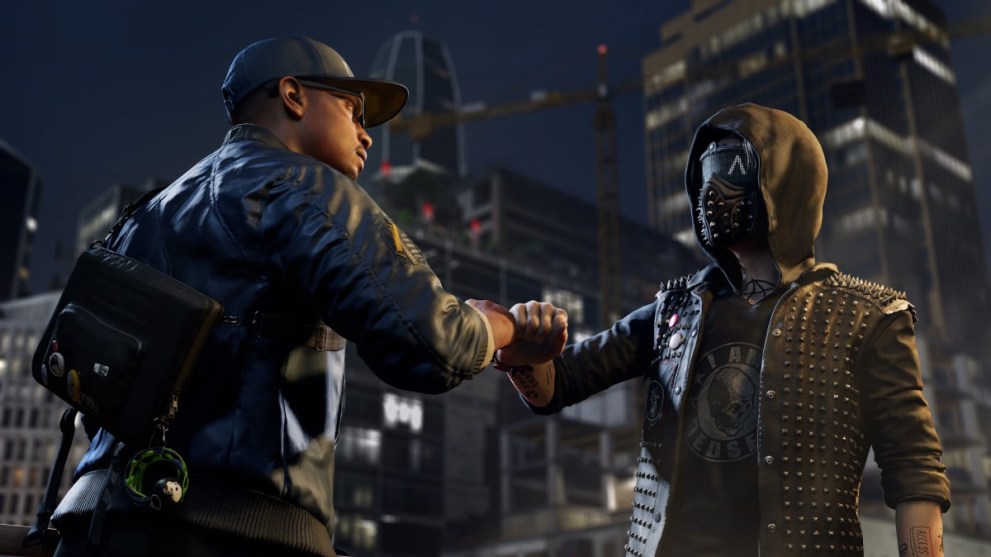
Watch Dogs 2 is arguably the best in the franchise. It embraces the chaos and potential of the franchise with a diverse cast of characters. Of these, Wrench is easily the best. A playful and anarchistic hacker, his bromance with hero Marcus is one of the best parts of the game. In fact, it’s easy to imagine something romantic happening between the two given the playful flirting.
In Watch Dogs: Legion Bloodlines, Wrench returns as a playable character, and references a rough divorce from his ex-husband. While he doesn’t get a new love interest, he proves himself just as capable of kicking ass as ever.
Wrench might be the most prone to violence of all DedSec operatives, but he’s also arguably the most endearing. He uses a mask as a security blanket and is nervous around his crushes. He has a fear of animals but develops deep affection for a robot he adopts. He’s a wonderfully kooky character, and possibly the best of the whole franchise. The fact that he hasn’t starred in a full game is something we hope to see rectified in the future. If he gets a love story of his own, even better.
#9. Judy (Cyberpunk 2077)
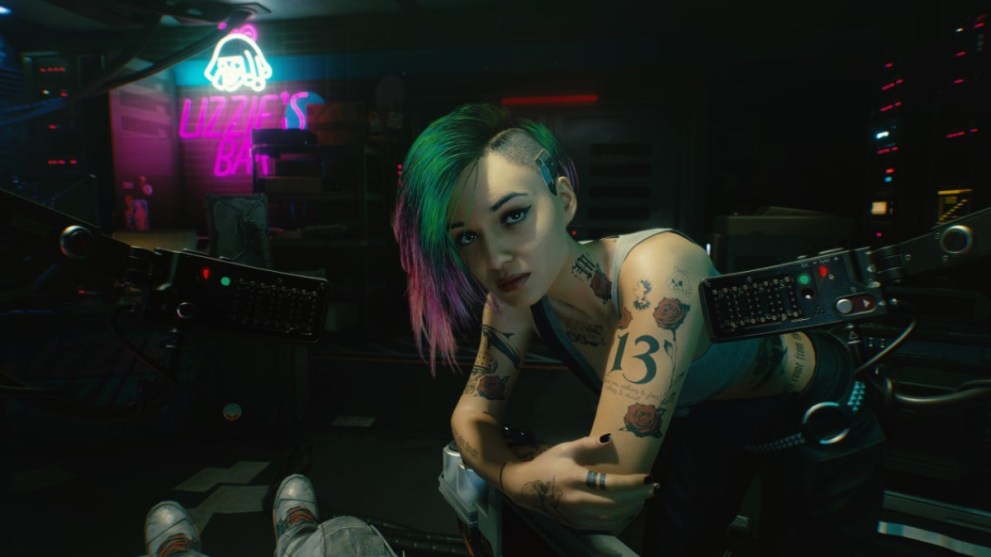
Cyberpunk 2077 was touted for its diversity but in practice, it leaves a lot to be desired. There’s only one same-sex option for either a male or female V, and apart from Joytoys, all optional sexual encounters are with women. Of the limited queer characters, however, Judy is by far the best.
Judy is one of the earliest characters you’ll meet in Night City. Whether you romance her or not, she proves to be one of your most interesting and vital allies. Her storyline is all about trying to make a difference in a hopeless world. While Judy can do what she set out to, there’s a sense that it might not have actually achieved anything but replacing one bad boss with another, but she still tries.
Night City isn’t a good place. It’s violent, ultra-capitalistic, and few people can see past themselves like Judy does. She’s screaming at a world that doesn’t care what she has to say, but she tries her best. If everyone was more like Judy, maybe they’d actually do something about the city’s skyrocketing murder rates.
Crucially, Judy remains an important character regardless of whether you choose to romance her. In contrast Kerry – the other queer option – is entirely optional outside of flashbacks. While romancing Judy is also optional, she’s also a character you’ll spend time with throughout the game, and it’s only after you’ve gotten to know her that romancing her becomes possible.
Cyberpunk 2077’s approach to queer representation isn’t perfect. The emphasis on player choice as it applies to romance means that a gay, lesbian, or straight V is in essence railroaded towards “picking” a single option, but the subtext of conversations often remains the same. However, with Judy you can see what they were going for. She’s arguably the most fully developed of all four love interests. You get the sense that even if there were more same-sex options for a female V, she may well be the most popular.
#8. Tyler (Tell Me Why)
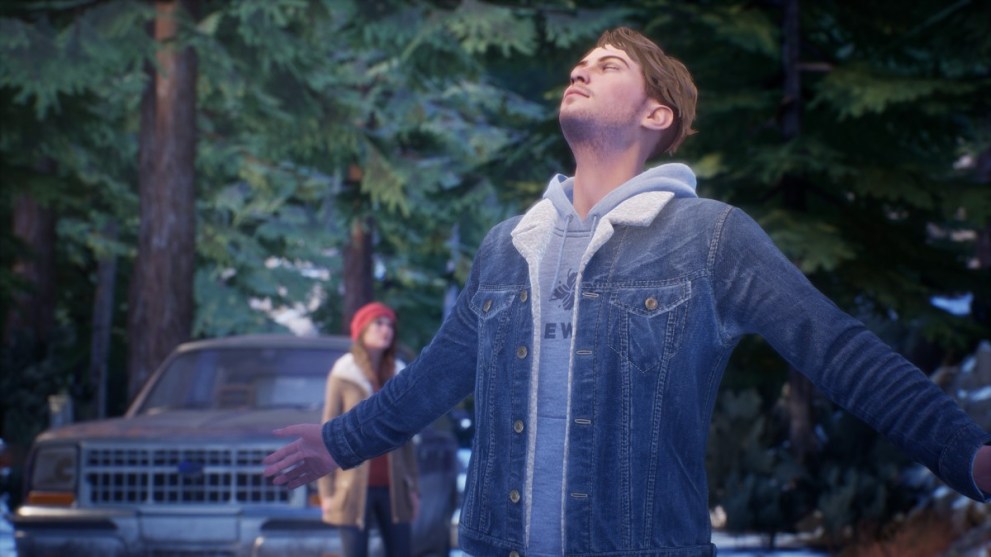
Queerphobia is distressingly common worldwide, so we often turn to fiction for escapism. However, fiction also offers the opportunity to tell real stories based on important issues.
Tell Me Why is one of those games. The game begins with Tyler returning to his hometown after ten years in juvie for killing his mother in self-defense. The story follows him and his twin sister Alyson as they investigate the truth behind their mother’s death.
Tyler is openly transgender, and it’s made clear throughout the game that this has caused him a lot of pain. In fact, the characters initially believe that his mother tried to kill him for his gender identity. Over the course of Tell Me Why he comes to terms with his past, reconciles with his sister, and even potentially gains a boyfriend.
Crucially, Tyler isn’t portrayed as perfect. He’s impulsive, sarcastic, and prone to anger. He’s a well-rounded and rootable character navigating his traumatic past, and as such he doesn’t always react appropriately. He doesn’t fully understand how to exist in a world where he has to provide for himself. In a lot of ways, his struggles to adjust to the newfound reality of being free gives him a sense of otherness and social isolation that many people in the queer community struggle with. All this adds up to a wonderfully complex character.
Tyler’s story might not necessarily be a happy one, but it does feel like an important one.
#7. Dylan and Ryan (The Quarry)
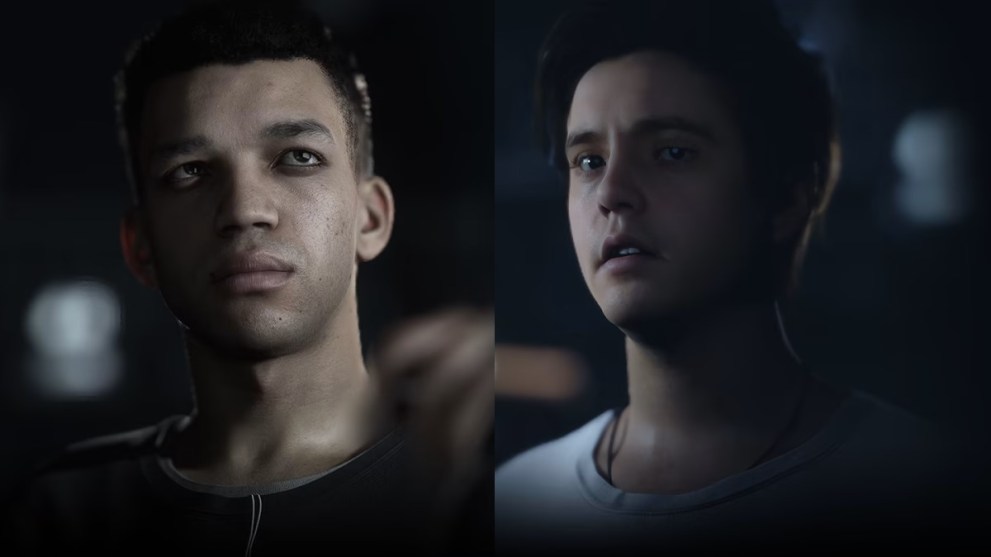
We’re cheating a little here, but both Dylan and Ryan feel like a natural part of this list, and it’s hard to separate the two.
Dylan and Ryan are two of the main characters of The Quarry, with Ryan in particular having a fair claim to the role of protagonist. Dylan, meanwhile, is the goofy radio announcer, and it quickly emerges that he has a crush on Ryan. This romance can be reciprocated if you choose to kiss Dylan, but understandably it doesn’t go anywhere over the course of the game. Being attacked by werewolves tends to put a damper on things.
Both Ryan and Dylan avoid many of the common pitfalls when it comes to writing queer characters. Neither is stereotyped, or defined by their sexuality. Ryan is an artist who cares for his younger sister, has a passion for true crime, and attracts others with his brooding persona. Dylan, meanwhile, is more sensitive than he appears, and his quick thinking and technical skills can help him save himself, and his friends, several times over.
Notably, The Quarry avoids making Dylan’s sexuality totally conditional on whether Ryan reciprocates. He’s excited if Ryan chooses to kiss him instead of Kaitlyn, and visibly sad if he chooses otherwise. This is emphasized with a message that states that Dylan is disappointed, while no such message appears if Ryan chooses to kiss Kaitlyn instead. As such, it appears that Dylan’s feelings for Ryan might be deeper than Kaitlyn’s.
He gets his own storyline later on with Kaitlyn as the two work together. During this time, they commiserate over their shared feelings. Most games would treat Kaitlyn as the default love interest. Dylan’s own feelings would be completely ignored if you don’t choose to romance him. Here, it’s presented as a part of his character, whether you choose him or not.
As for Ryan, he emerges as one of the leads, giving us a rare queer hero in mainstream horror. The fact that he also happens to be a person of color only makes his status all the more remarkable. He may be stoic and serious, but his loyalty to his friends adds a tragic element to his storyline as he’s forced to face those he cares about.
However, there is a bit of an issue in that their kiss is shot at a distance. Every other kiss in the game – including Ryan’s optional kiss with Kaitlyn – is shot in close up. Unfortunately, queer intimacy, especially between two men, is often held to a different standard than straight intimacy in mainstream media.
Despite this, Ryan and Dylan are both likable characters that we wanted to get out of Hackett’s Quarry alive. The fact that this would hopefully see their relationship get some more development only adds greater incentive. After all, they have what it takes to start their own podcast, and hell of a story to tell.
#6. Lev (The Last of Us Part II)
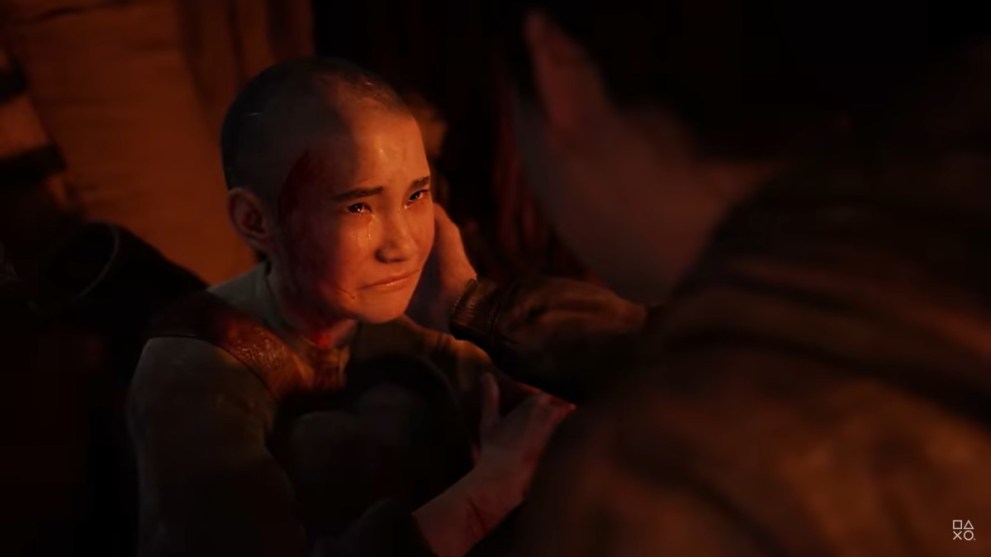
Lev is a vital part of The Last of Us Part II. He fulfills a similar role to Abby that Ellie did to Joel. A young runaway from the brutal Seraphites, Lev is a transgender teen keen to carve out an identity for himself.
When we first meet Lev, he and his sister rescue Abby from certain death. Without even thinking about it, they put their own lives at risk to save a stranger. Over the course of Abby’s campaign, we learn more about his character, and the Seraphites as a whole. He serves as Abby’s conscience, offering the chance to move on from her past, or even find redemption. He fulfills the same role Ellie did to Joel in the original game. However, his unique personality helps him stand on his own two feet.
That doesn’t mean he’s simply a bystander, though. As the game progresses, he shows himself to be brave and determined. He’s endearingly out of touch with the real world, brutally honest at times, and believes in redemption. While much has been made of the pain he experiences as part of his storyline – particularly the transphobic abuse he receives from his mother and former religion – Lev easily proves himself to be one of the most kindhearted and accepting characters in the series. We’re not supposed to sympathize with the Seraphites. We’re supposed to react as Abby does. When she famously says “you’re my people,” you agree with her completely.
#5. Astarion (Baldur’s Gate 3)
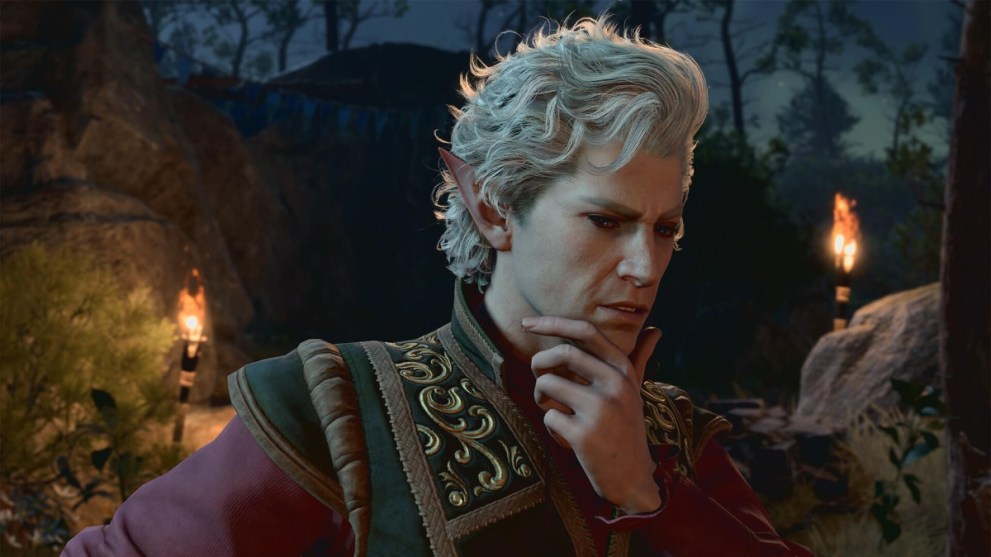
Honestly, we could have put any of the romanceable characters in Baldur’s Gate 3 on the list. However, Astarion is perhaps the best of them all.
He leans into the stereotypes of the classic vampire as the mysterious, sexy gentleman. He’s openly flirtatious, self-serving, and there’s the very real sense for much of the game that he’s only journeying with you for his own ends. After all, you do wake up with him trying to drink your blood in your sleep.
What makes Astarion stand out is the character development. You get a sense that he’s changing over the course of the journey. Notably, if you consistently perform good deeds, he’ll gradually approve of more and more virtuous actions. This can see him reject the possibility of Ascending and find power on his own terms.
On the other hand, it’s possible that he can Ascend, becoming just like his hated master Cazador. Whether you’ve seen him grow more and more altruistic or simply come to love him for who he is, there’s a definite tragedy in seeing him become so corrupted.
All good characters have flaws, but Astarion feels unique. He’s a man who’s battling with his own issues, and your choices determine whether he’s consumed by them. This gives his character something special, even in the vibrant world of Baldur’s Gate 3.
#4. Chloe (Life is Strange)
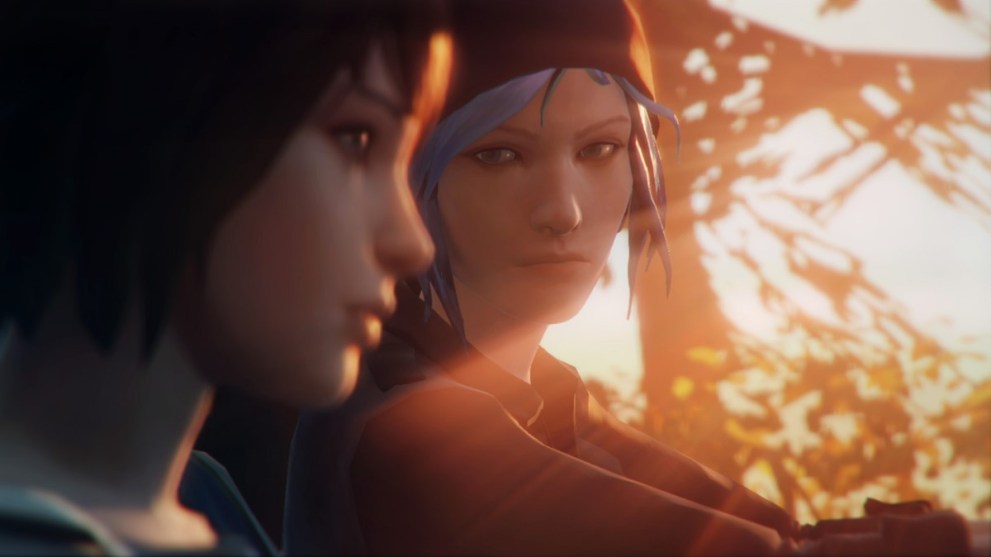
Chloe is a central character in Life is Strange, and proved so popular she gained a prequel game of her own. A blue-haired punk with anger issues, Max saving Chloe kicks off the game’s plot – and sets off a chain of events that could lead to the deaths of thousands of people.
Chloe is a near-constant presence in Life is Strange, and it would be so easy to hate her. She can be selfish at times, often encourages negative actions, and wants to use Max’s time-bending abilities to her own benefit. Despite this, she’s shown to be kind, brave, and ultimately self-sacrificing. By the time Max has to choose between Chloe’s death and the destruction of Arcadia Bay, it feels just as horrifying as it would be for Max.
The success of the final choice relies on Chloe being a likable character, despite her many flaws. She might be every teenager who screams “It’s not a phase, Mom!” but she’s also lovable. She’s everyone’s best friend who we were told was a bad influence. She might not have superpowers, but she does have crazy ideas and the determination to follow through. Ultimately, she’s willing to be the hero, even if it means nobody will ever know.
Life is Strange isn’t a series about superpowers. It’s a series about ordinary people who just so happen to have superpowers, but where it excels is in telling smaller stories. It creates a world where decisions matter, and even the most ordinary people can have the biggest impact. We understand why Max works so hard to save Chloe, because we get the sense that we might do the same. More importantly, despite her selfishness throughout the game, she presses Max to sacrifice her, and it feels like a natural extension of her character – and few decisions in gaming have ever been harder.
#3. Sean (Life is Strange 2)
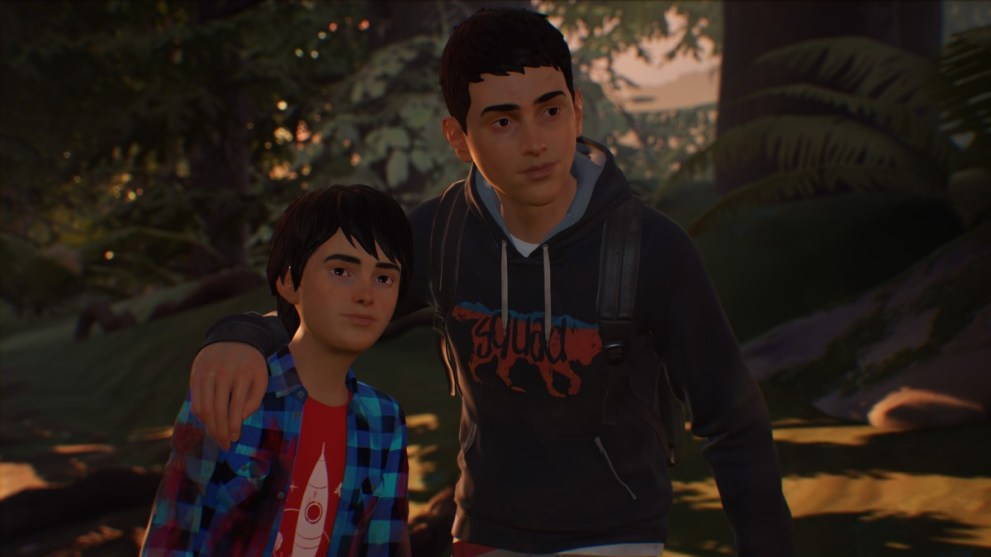
Sean is the hero of Life is Strange 2, and he stands out for a few reasons. He’s the only male hero of the series, and the only one without superpowers. Instead, his brother Daniel has telekinesis, and Sean’s challenge is to protect him.
Unfortunately, their journey is a tragic one. The two are forced to flee after their father is killed in an act of police brutality, with the police hunting their every step. Their journey sees the two face the environment, racism, religious cults, and rely on unscrupulous means to find safety.
Sean’s same-sex option – Finn – is a little harder to get with than the other romances in the series. For one thing, you have to manually choose to say Sean is bisexual. For another, either can easily die if the wrong choices are made. However, their dynamic is undoubtedly endearing, and you want them to end up together. Despite this, it never defines Sean’s journey.
In fact, it’s only in Chapter 3 where the two spend a lot of time together, and if you make the wrong choices Finn will be dead by Chapter 4. However, that’s enough for the game to build a believable bond between them. Finn is an impulsive and at times self-serving bad boy, but he’s also understanding, a good friend, and when he tells Sean he has feelings for him, it feels genuine. The sole ending where the two end up together may be distinctly bittersweet, but it’s also arguably the happiest.
However, Sean’s storyline isn’t about romance. Instead, it centers around his love for his brother. Throughout the game you’ll need to help Daniel deal with grief, teach him how (and when) to use his powers, and even deal with smaller choices, like whether to call him out on cheating in a game or what bedtime story to tell him. It’s this relationship that’s at the core of Sean’s character.
Sean doesn’t always make the right choice. In fact, it’s more accurate to say he makes the wrong one, over and over again, but he feels like a realistic, desperate teenager in an impossible situation, and he always puts his brother above everything. In the good endings, this results in Daniel having a chance to life in peace and safety, even at the cost of Sean’s imprisonment (or at least never being able to see him again). Just because he has no superpowers doesn’t mean he’s not the hero of the story.
#2. Aloy (Horizon)
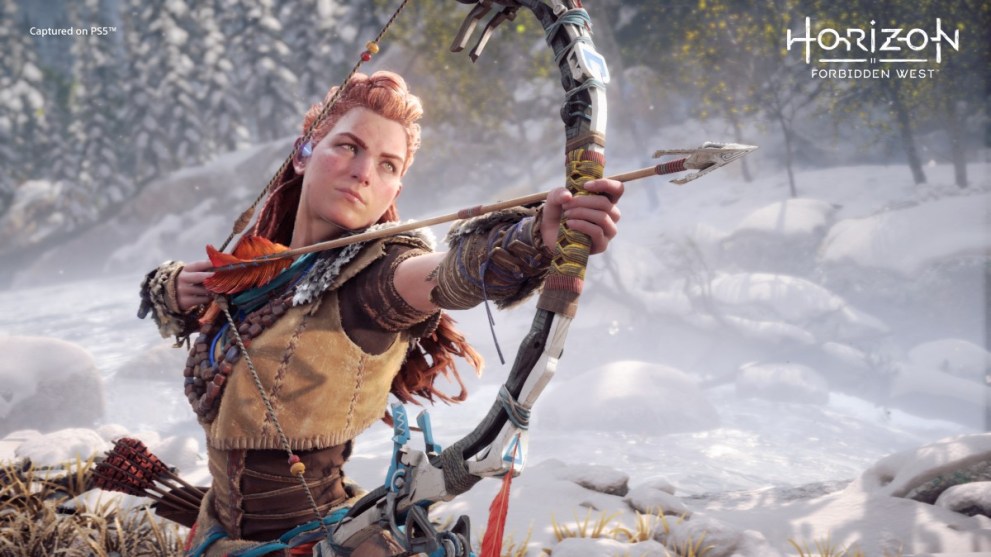
Aloy is the heroine of the Horizon franchise, and if there’s anyone we trust with the responsibility of saving the world from giant robots and hostile AI, it’s her.
Aloy begins the series as a mystery, found outside a mysterious metal hatch as a baby. Raised as an outcast, she’s determined to prove herself, and meets any problems she faces with kindness, empathy, and sheer badassery. She’s a character who knows who she is and what she stands for, and insists on being seen for that. She isn’t interested in being worshipped, and she’s willing to judge people based on their actions – a far cry from the tribalism of her society.
Over the course of the franchise, Aloy has grown into a strong, competent heroine who’s routinely faced impossible odds and emerged victorious. She quite literally has the weight of the world on her shoulders, and builds a found family who will do anything they can to ease her burden.
Aloy’s sexuality was only made explicit in the most recent DLC, The Burning Shore, when she gained a love interest in Seyka. However, that doesn’t change the core of her character as a brave, kind woman who fights to save the world, whether it wants her to or not.
Honorable Mention: Lara Croft (Tomb Raider)
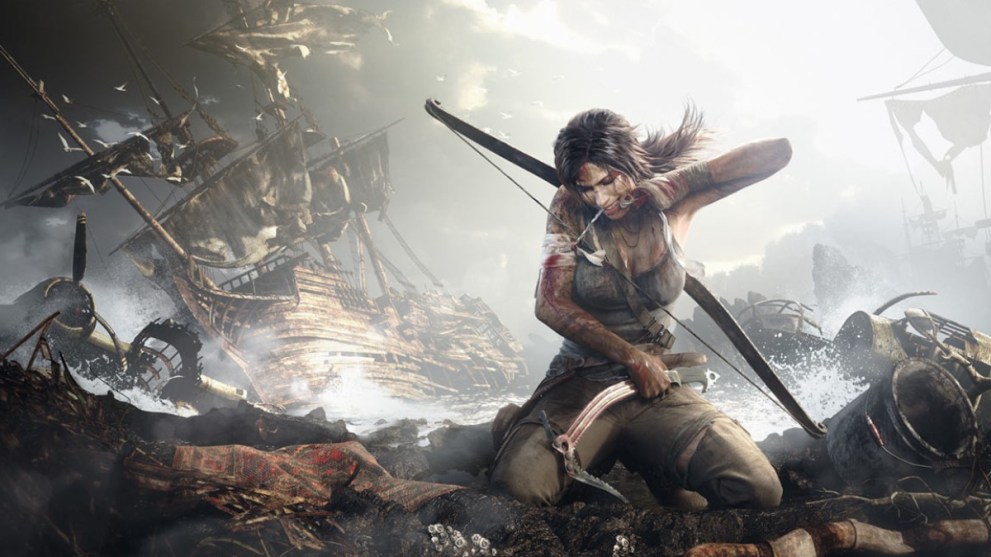
Lara would easily be number one on our list, if not for executive meddling.
Lara is arguably one of the most beloved characters in all of gaming. In fact, if someone asks you to picture a female video game character, it’s likely to be her. Lara has been a fixture in gaming since 1996, has saved the world over and over again, but her romantic life has been relatively low-key – and exclusively male.
Tomb Raider’s 2013 reboot showed us a young, inexperienced Lara – and it would have been the first queer one. Throughout the game, a lot of focus is given to Lara’s relationship with her friend, Sam, and this relationship was followed in the comics. Unfortunately, plans to take the relationship in a romantic direction were scrapped.
Lara’s relationship with Sam ultimately wasn’t followed up. In fact, she’s barely mentioned throughout the rest of the reboot, with fellow Endurance survivor Jonah serving as Lara’s best friend and traveling companion. Sadly, this does feel like the developers decided to downplay the first game’s most important relationship to avoid any controversy.
Queer characters are becoming more common all across the media. However, that doesn’t mean there isn’t a long way to go. Another reboot of the franchise is coming, but only time will tell whether this new version of Lara will be queer or straight.
#1. Ellie (The Last of Us)
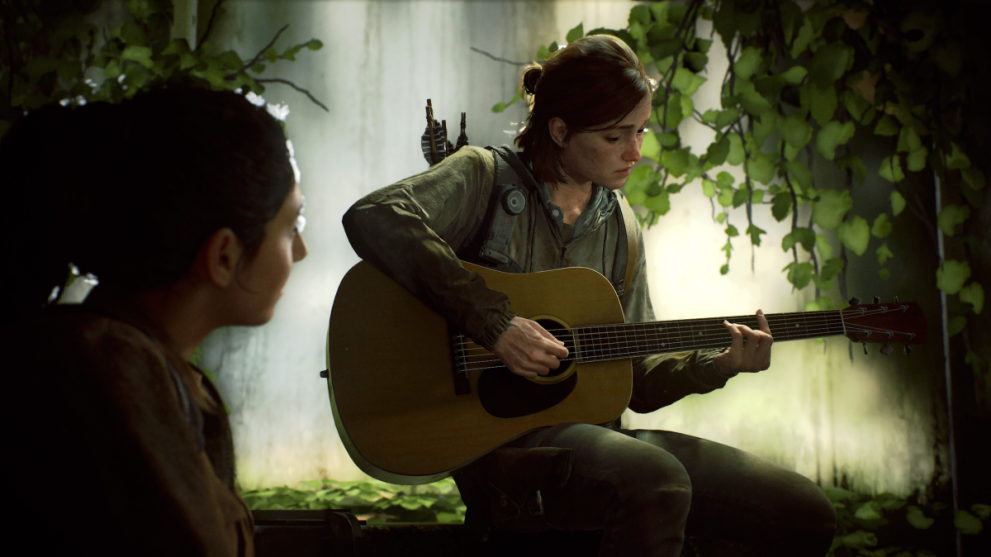
You knew it was coming. Ellie isn’t just the most iconic queer character in gaming: she has a fair claim to being one of the most iconic characters in gaming, full stop.
It would be so easy for us to hate Ellie. After all, the majority of The Last of Us is set out as an escort mission, which can be notoriously frustrating. What makes Ellie different is that she plays an essential part in the game. At first, that means helping out with puzzles, but she knows when to stay out of the way in battle, and when to join in. As the game progresses she becomes a more active participant, proving a vital ally in your quest. You find yourself listening to what she has to say, seeking out opportunities for extra chats. She isn’t someone you’re merely obligated to protect. As the game progresses, she becomes someone we want to protect.
Even better, Ellie is exquisitely written and performed. Whether she’s making bad jokes or just learning about the old world, you can’t not grow to love her. Most importantly, her growing bond with Joel provides a consistent throughline. By the time we get to the legendary ending, we understand exactly why Joel did what he did, and we get the feeling that we might do the same.
By the time the sequel rolls around, Ellie has grown into a hardened survivor. She never quite loses the spark, but her storyline sees the darker aspects of her character come to the surface. Her storyline isn’t devoted to her romantic life, but it isn’t ignored, either. Ellie is joined in her journey by her love interest, Dina, who serves as a humanizing aspect even as Ellie’s desire for revenge consumes her. When Dina asks Ellie to abandon her quest, you want her to say yes.
The Last of Us franchise is a dark franchise where there are no clear-cut heroes. Ellie feels like an ordinary girl struggling to deal with a new reality, but she never loses that spark that made her so endearing in the first place.
Here’s our guide on how to romance Astarion, and here’s how to get infinite ammo in The Last of Us: Part II.





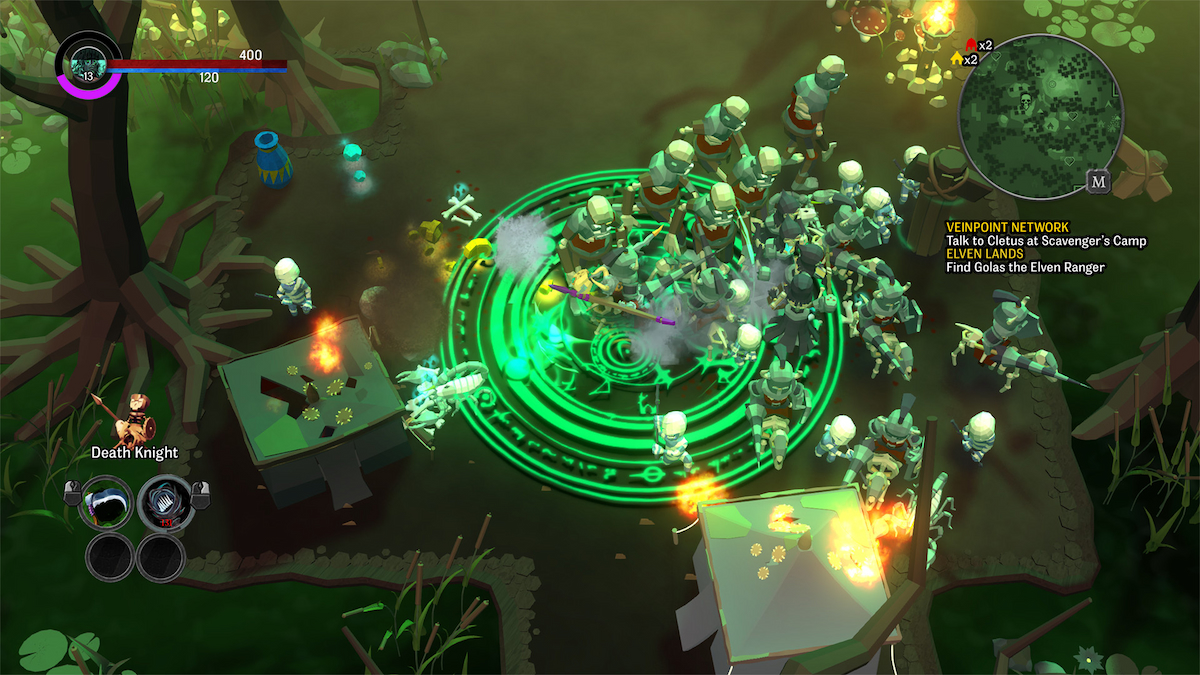



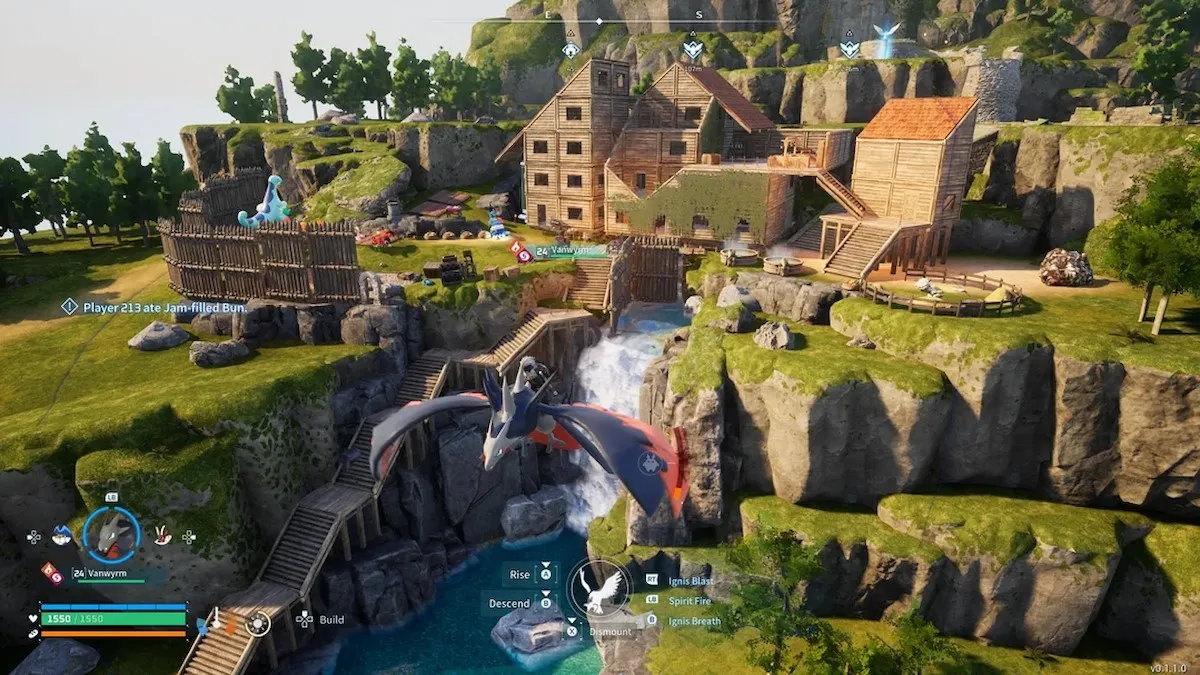


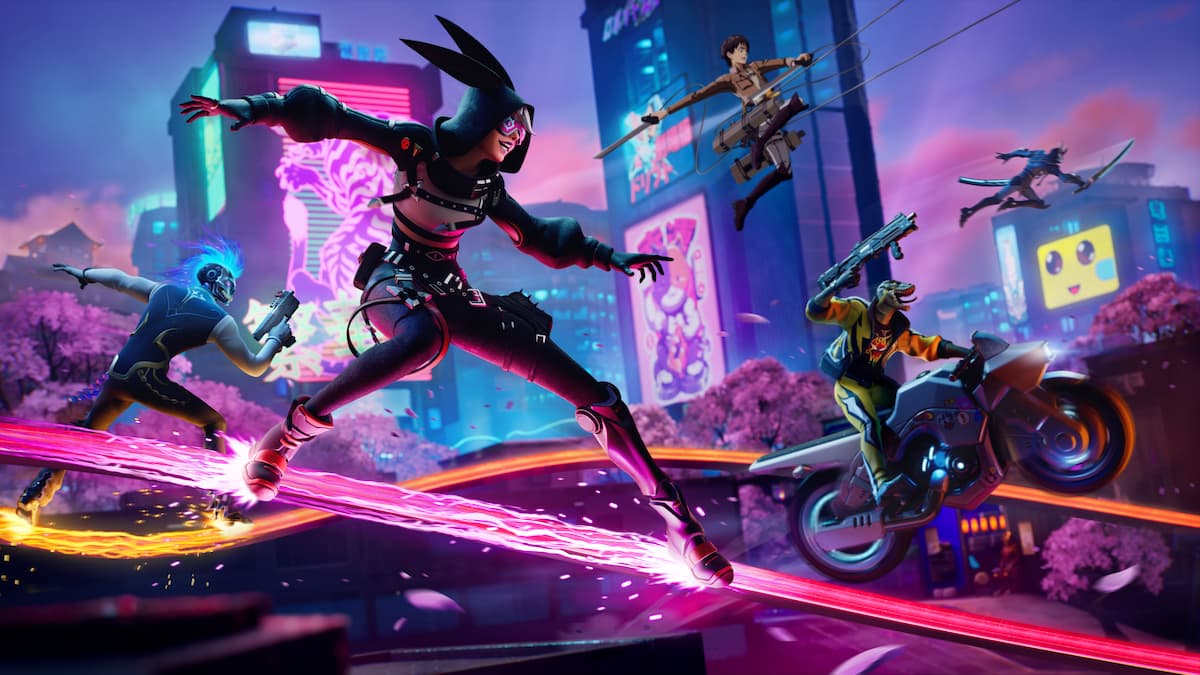
Updated: Jun 6, 2024 07:57 am